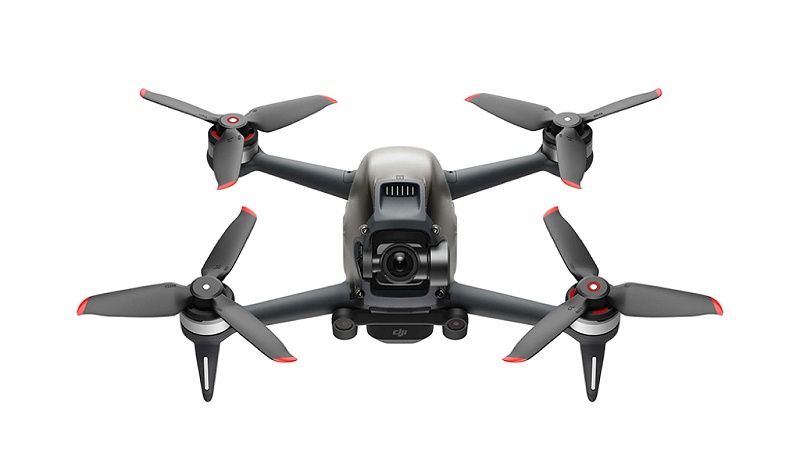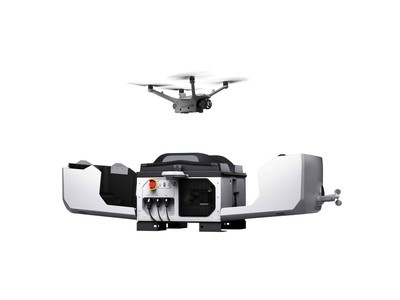Firstly, understanding the basic components of a racing drone is vital. A typical racing drone consists of a frame, motors, electronic speed controllers (ESC), propellers, flight controller, and, most importantly, the battery. All these components work together to ensure a seamless flight experience. The frame provides the structure, often designed with lightweight materials such as carbon fiber to ensure durability during high-speed maneuvers.
Precision and Speed: The Heart of Racing Drones
The motors and propellers are crucial for achieving high speeds and effective control. Brushless motors are preferred for racing drones due to their efficiency and power. Meanwhile, propellers come in various sizes, directly impacting the drone’s speed and agility. Choosing the right combination is essential for optimizing performance.
The flight controller acts as the brain of the drone, receiving input from the pilot and sensors, ensuring stability and precision. Advanced flight controllers allow customization of flight parameters, enabling pilots to tweak settings according to their skill level and racing style. Coupled with high-capacity batteries, pilots can push their drones to the limit, with some models reaching speeds of over 100 mph.
Enhancing Skills and Navigating Challenges
Mastering the art of drone racing requires practice and perseverance. Understanding environmental factors, such as wind conditions and obstacles, is crucial. Many pilots invest in FPV (First Person View) equipment, providing a bird’s-eye view through goggles linked to a camera on the drone. This immersive experience is akin to flying inside the cockpit, enhancing precision and control.
Safety is imperative when engaging in drone racing. Pilots should familiarize themselves with local regulations, ensuring compliance with laws regarding drone usage. Furthermore, investing in quality safety gear is recommended, not only protecting the drone but also safeguarding the pilot from accidents.

- How do I start drone racing?
- Begin with a simulator to understand the basics, progress to a starter racing drone, and gradually build skills.
- What skills are needed for drone racing?
- Hand-eye coordination, spatial awareness, and understanding of drone dynamics are crucial for improving racing performance.
- Are there age restrictions for participating in drone races?
- Many organized events have age limits, usually requiring participants to be at least 16. However, local clubs might offer flexibility for younger enthusiasts.

Whether you’re a novice or an experienced pilot, the world of racing drones offers thrilling possibilities and boundless opportunities for adventure. Embrace the future of aerial sports and start your journey with racing drones.Happy flying!